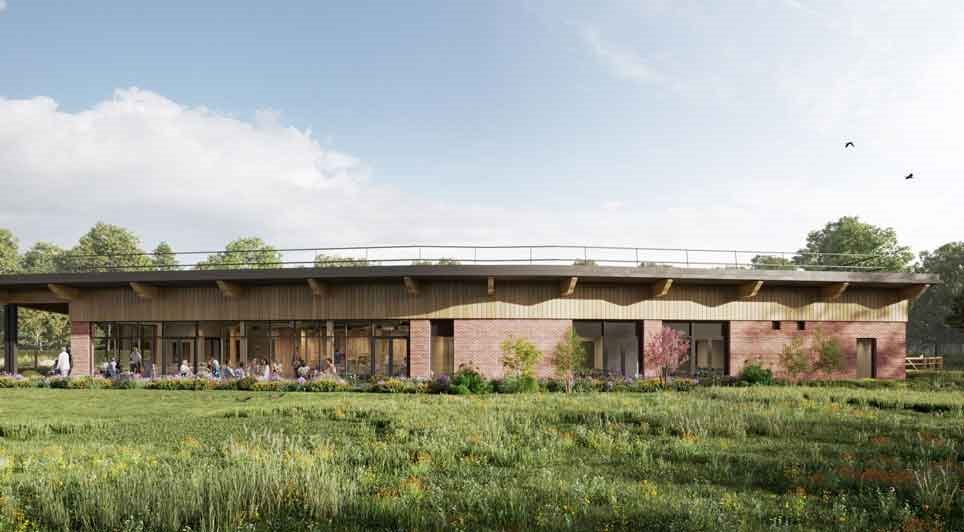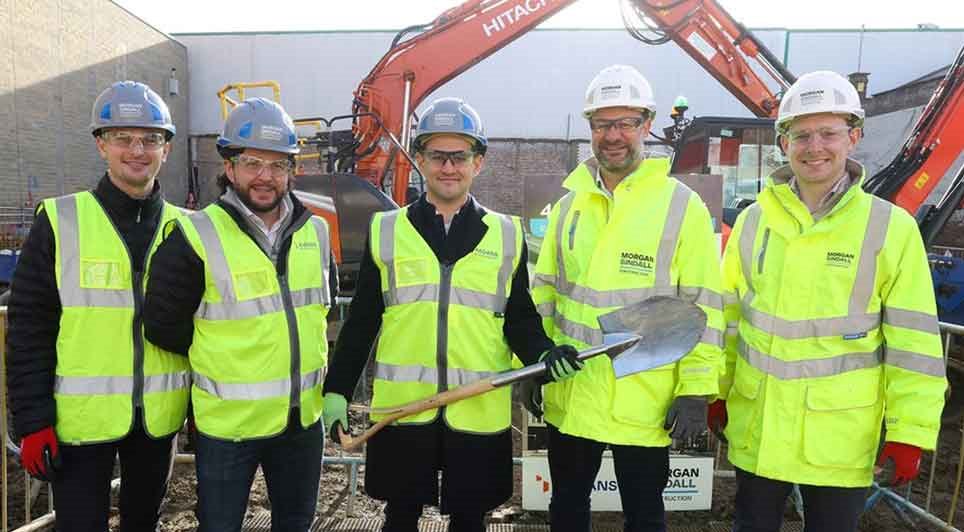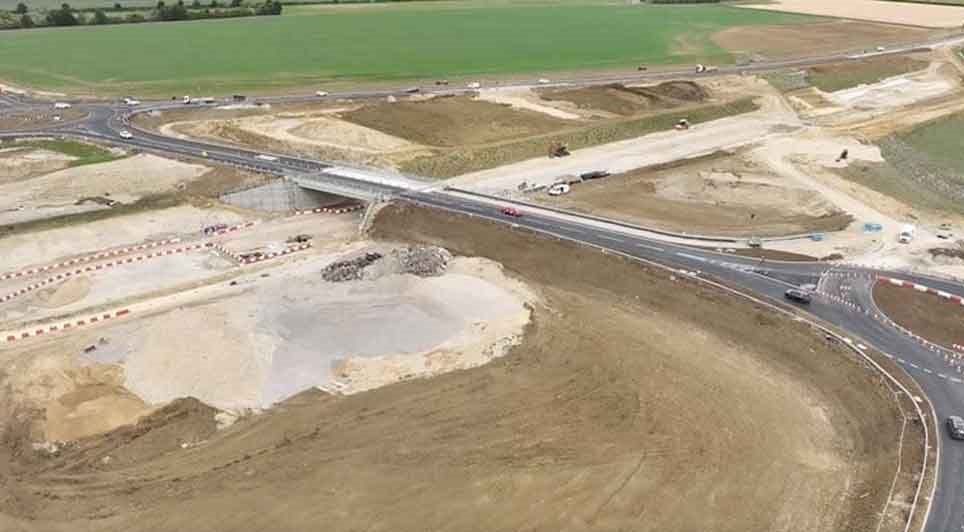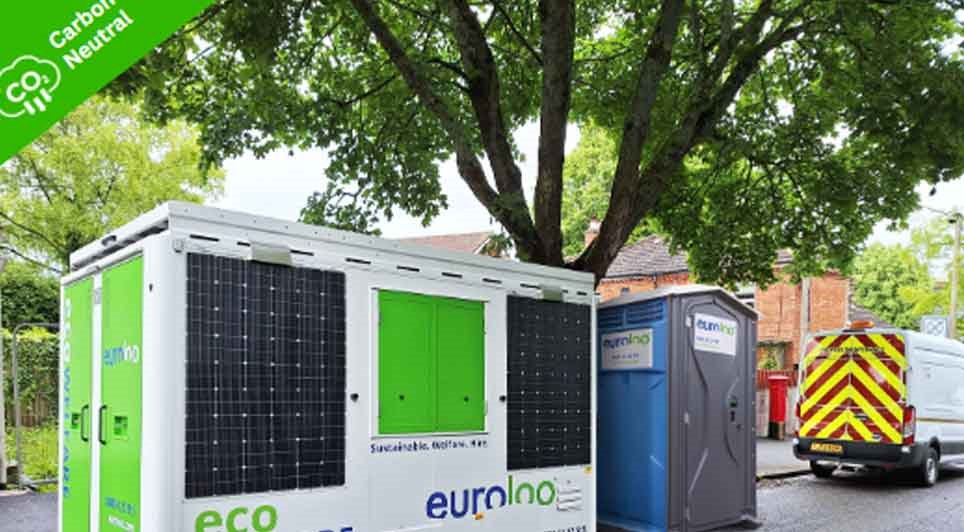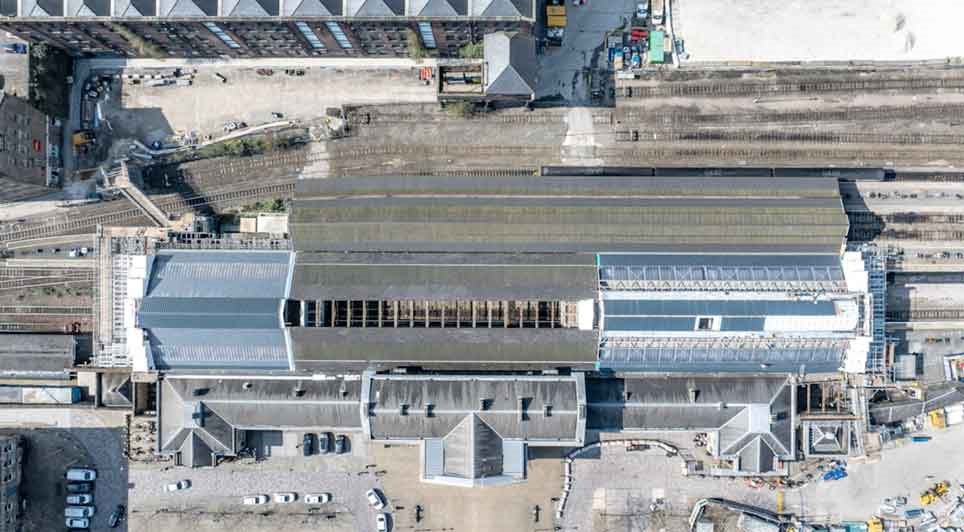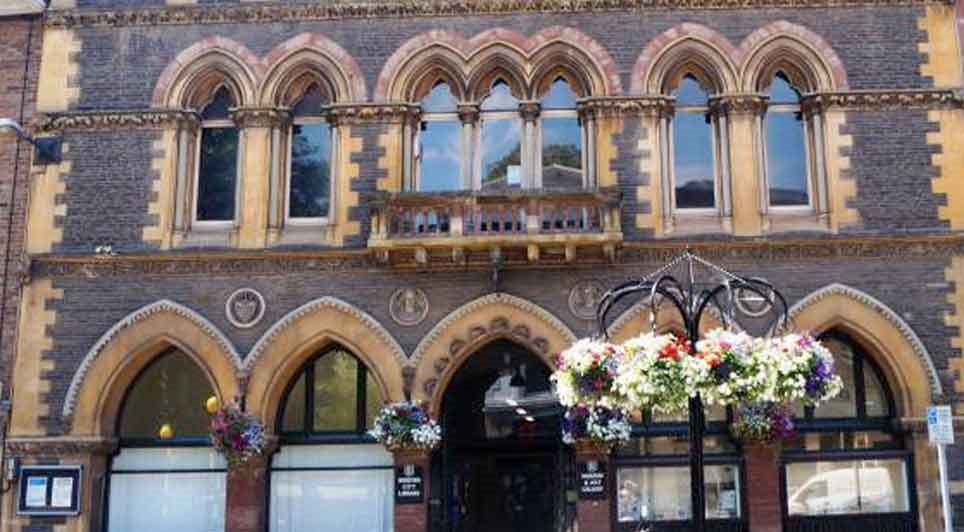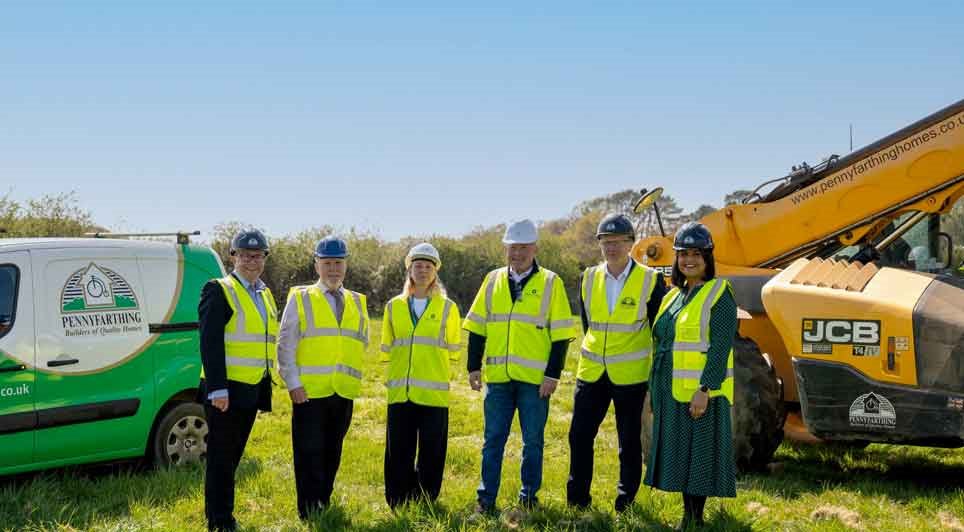According to the study, more energy is used for heating and hot water in Scotland than for transport and electricity combined. A report by the Forum for Renewable Energy Development in Scotland (FREDS) on renewable heat makes recommendations to Ministers, including:
- Renewable Heat Potential An analysis of potential heat markets with the aim of setting an appropriate target
- The development of a wider heat strategy, taking account of regulatory and financial support mechanisms
- The need to improve the existing building stock to maximise uptake of renewable heat
"Renewable heat is in its infancy in Scotland. Around a third of homes are not connected to gas and, in these areas in particular, renewable heat can offer a viable alternative.
"The FREDS report identifies the challenges we face in fulfilling that potential. The immediate task is to quantify the scale of potential markets, what support Government can give to stimulate the emerging industry and the various technologies."
According to the report, Scotland's 2.4 million households each use an average of 20 Megawatt hours of heat energy per year. Annual heat usage in Scotland is estimated to be around approximately 57% of total energy demand in Scotland.
Renewable heat sources can include wood and other forms of biomass energy crops, solar, heat pumps, energy from waste biomass or landfill gas.
Renewable heat can serve new and existing buildings - investment in new infrastructure could connect large numbers of buildings to renewable heat networks. There are already some heat networks in place, for example district heating in Aberdeen and Lerwick, which use underground pipes to carry hot water from the heat source. In addition, the Caithness Heat and Power project in Wick will supply heat to the distillery, hospital and public and private housing.
(GK/JM)
 UK
UK Ireland
Ireland Scotland
Scotland London
London


